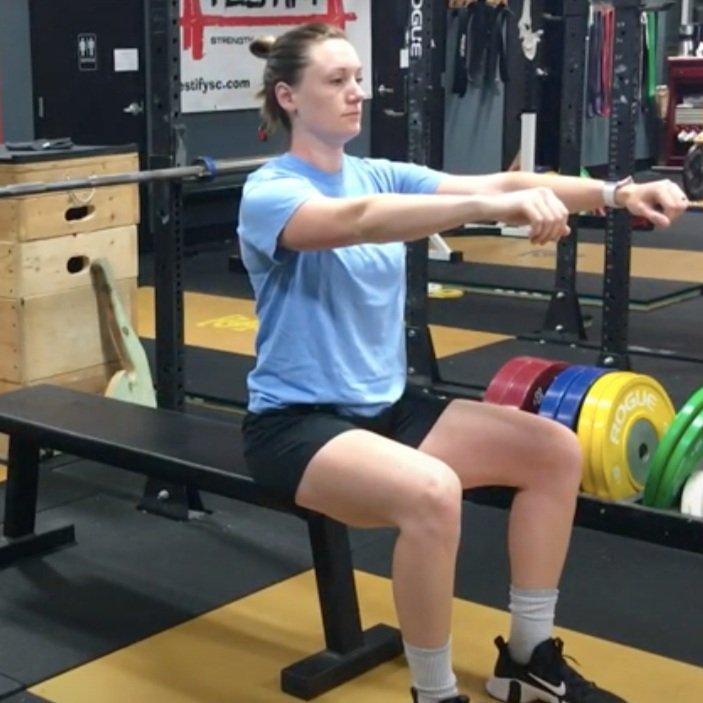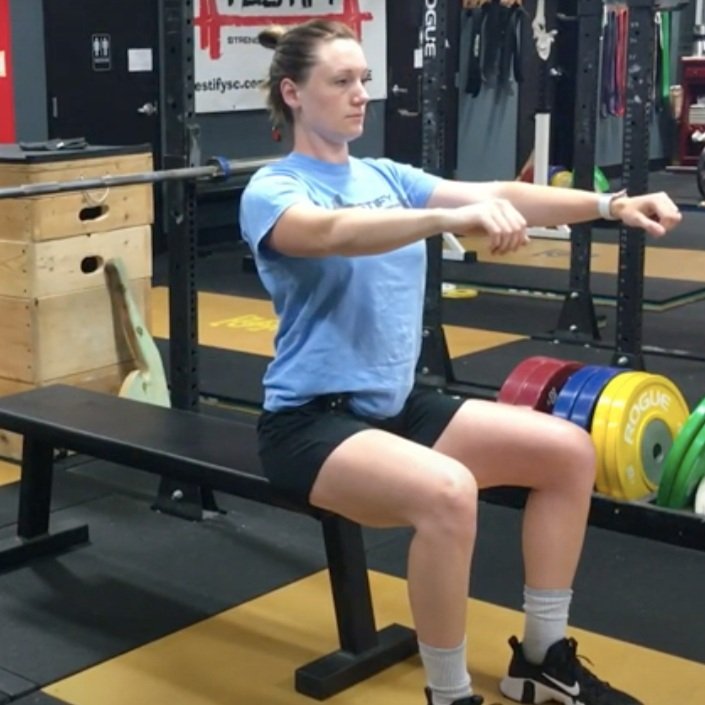I Forgot My Belt! (Simple Lifting Trick)
/(A Blast from the Past article originally posted on 01/08/20)
Do you ever forget to put your belt on for your heavier sets? Perhaps you forget to wear your wrist wraps every once in a while?
Problem solved
These types of situations tend to occur more often when you’re a newer lifter, but even an experienced lifter can forget a belt or wrist wraps every now and then.
If you find yourself in one of the above situations from time to time, try this: hang your belt and wrist wraps on your barbell between sets.
By doing so, you’ll be forced to grab them before starting your next set, and the problem is solved. The next time you lift, give it a try. Hope this helps!
(Some links may be affiliate links. As an Amazon Associate, Testify earns from qualifying purchases.)








